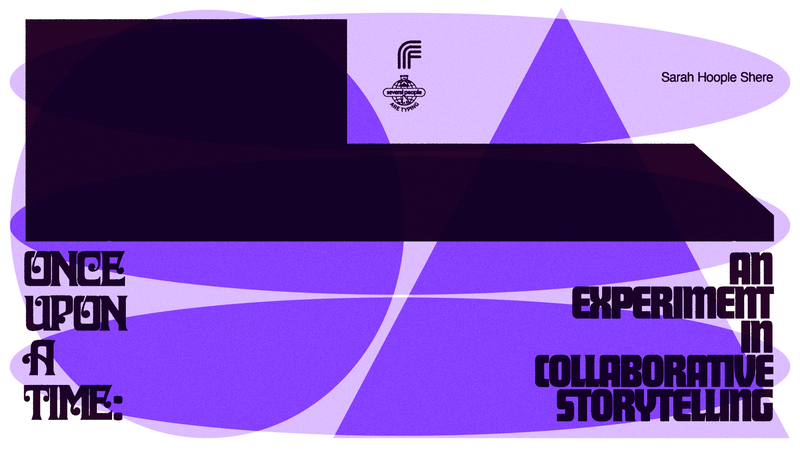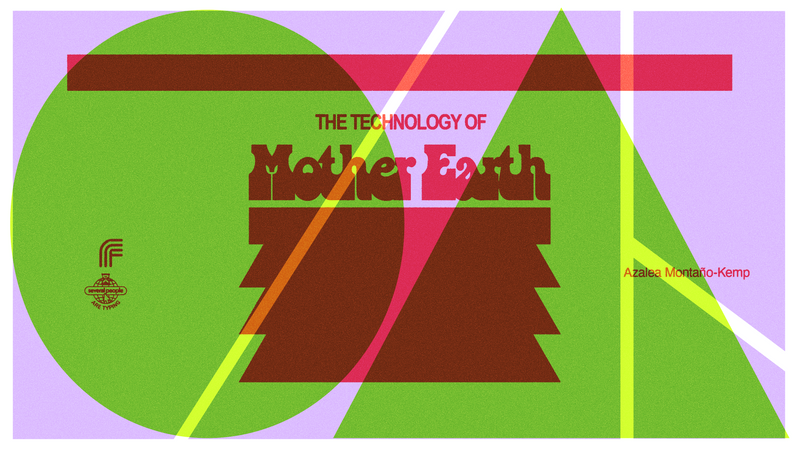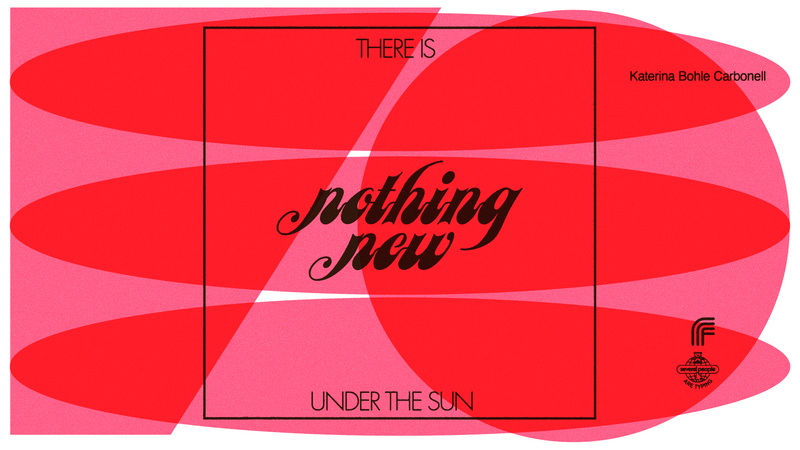This piece was written by By Alex Stein, who you can find at www.charterless.com, and @astein13 on the socials.
“When bankers get together, they discuss art; when artists get together for dinner, they discuss money.” - Oscar Wilde
To Own is to….
What does it actually mean to “own” something?
Maybe you rent your home or maybe you own it. But what is the difference between the two experiences?
Lawyers say that when you buy a home, you are really buying a “bundle of rights.” Put another way, when you buy a home, you’re not just getting the right to live there – you could get that via renting and usually for a cheaper price – instead, you’re paying to have a different set of privileges that are unique to ownership.
The Right of Title means that you have the legal ownership deed to the home, and no one else can claim to have it.
The Right of Enjoyment means that you don’t need your landlord’s permission to do things like getting a dog or hosting a party until the early hours of the morning.
The Right of Exclusion is the right to kick anyone who doesn’t own your property off of it. If you rent, you might have to let your landlord come on the property as they choose.
The Right of Disposition is a fancy way of saying that you can sell the home for a profit.
The Right of Control means that you can modify the home as you see fit. You can knock down a wall. You can paint a room bright pink. You can live your best domestic life.
When we pay a premium to own a home rather than to rent it, we are doing so because we value these other privileges.
Now think about the music you consume on a daily basis. There was a time when you might have owned a CD, but now you likely stream your music. That is to say, you rent music from a platform.
What’s the current difference between these two experiences?
The answer is “not much.”
There’s no right to exclusion because there’s little value to be had in excluding someone from listening to a CD if they can stream it elsewhere.
Maybe you can modify the CD itself, but you don’t own any intellectual property rights to the actual music.
And, let’s face it – you’re not reselling that CD for a premium anytime soon.
So owning this CD has little value over streaming.
Art and the Diamond-Water Paradox
During your first week in an Economics 101 class, they teach this puzzle called the Diamond-Water Paradox which says:
Water is necessary to survive. Every person on the planet needs it every single day. Diamonds are not particularly useful and no one needs one to live. Yet diamonds command a far higher price than water. Why?
The Diamond-Water Paradox shows us that prices are not a reflection of “inherent” value, but instead, a reflection of how much people are willing to pay for something.
It’s a reality that artists both intuitively understand and inevitably resent.
You see, we know that man does not live on water alone. We know that our lives are made infinitely better by fine art, by music, by literature – and yet, we also know that the most common adjective applied to a professional artist is “starving.”
Why are diamonds more valuable than water? Why is most art not as valuable as diamonds?
It is, as always, a question of supply and demand.
The supply of content in the world continues to grow. With each new camera, new filter, new AI tool, we make its creation even easier.
But the demand for content is capped. There are only so many hours in a day for humans to consume media. It’s a fact that even the titans of web2 lament. Netflix CEO Reed Hastings once said that the streamers’ biggest competition wasn’t YouTube, it was sleep. Our demand for consuming content is limited by the amount of attention we have to give.
Furthermore, media consumption is a nonrival good. That is to say, when I consume music, it does not prevent you from doing so, too. Before record players existed, if you wanted to listen to music, you had to be in the room with musicians. But since we can now infinitely and flawlessly reproduce content on the internet, and use ever-improving algorithms to funnel our attention, we don’t need enough musicians to fill every bar or home that wants to listen to music. We just need a handful of artists to meet all of our needs.
That’s why there’s no artistic middle class. There are just the superstars and everyone else. The median professional author only earns $5000 a year for their writing. The median musician who streams on Spotify earns $0 (with only 2% earning more than $1000 per month).
This is a very real problem for the creative class. And it’s the kind of problem that visionary entrepreneurs would love to solve with new technology. It’s why every new innovation is heralded as the salvation of artists – from the original phonographs to TV to NFTs.
But here’s the thing: the solution to our problems doesn’t lie in the future or in any shiny new technology. It lies in understanding the past and present of art economics. And that starts with understanding what has always made art valuable to own.
That’s why the history of art ownership is littered with examples of scarce privileges enhancing the ownership value of art.
In Ancient Greece, art was originally a public concern. It was something people used to proclaim the glory of their city or their Gods through beautiful marble statues. But then some of the more prominent citizens of Athens started thinking: why should all the glorifying go to the Gods and not to me? So they started commissioning private collections.
Over the following centuries, this pattern spread from Greece to Rome to Egypt. Owning art entitled the holder to show off their collection to the public in lavish demonstrations of their wealth. It was like the NFT PFP of its time. The real value of the art was that it signaled wealth in a way that felt less gauche than, say, lighting a giant pile of money on fire.
Here it was the Right of Title, the proof that I own this piece of art and you don’t, that was actually valuable.
In the Renaissance, a renewed interest in the arts and its practitioners established a new value proposition for art. As the Medicis proved in Florence, there was both pleasure and status to be earned through funding and associating with the leading artists of the time. This Right of Access to an artist — an inherently scarce good — became the real value of commissioning art. It also unlocked a different set of privileges.
By paying for commissions, the wealthy of the time could also control the output of the greatest talents of their time — specifying what was to be created and which materials were to be used. They paid less for the specific work than for this Right of Control.
This model persisted for 200 years until the Dutch cooked up an entirely new value proposition for art.
Around that time, the Netherlands had grown flush with cash thanks to the Dutch East India Company and the lucrative textile trade. With their newfound disposable income, the wealthy and middle-class Dutch began to collect art. Soon the merchants who sold textiles found that the art trade was equally lucrative. They started seeking out artistic works that could be resold in the future for big profits. The presence of this liquid secondary market rendered original artworks an attractive speculative investment. For this scheme to work, the key right necessary was the Right of Disposition.
From Greek status symbols to aristocratic access to a flourishing secondary market, art markets have never been just about the work. They have always been about selling valuable scarce assets that benefit from the reflected glow of the work itself.
Read, Write, Own
In the early days of NFTs, the value proposition for artists seemed simple. There are people who love your work and will gladly spend their hard-earned treasure to own it.
But this “create and they will buy” mentality sidesteps questions about why anyone would want to own art. As we’ve seen, ownership is not about just having access to art. It’s about the other privileges that come with it. It has been historically about a Right to Title, a Right to Access and a Right to Disposition.
In NFT circles, artists often deride the expectations of their community to offer more value than the work as empty gestures toward “utility.” Utility, though, is not an empty word. It is, instead, an opportunity for the artist to deeply consider how they want their work to be experienced, to be further engaged with, and to be extended.
It is, in short, an opportunity to think critically about how art is consumed.
Take, for example, the most successful of Crypto Art projects: the Bored Apes.
The Bored Apes succeeded not because people love paying hundreds of thousands of dollars to look at their JPEG of a burnt-out monkey in private, but because owning an Ape offers all kinds of other ownership privileges. .
There’s the Right of Community. The original innovation of the Bored Apes was to allow holders access to a private clubhouse. The promise that the clubhouse would include other like-minded crypto true believers, and maybe even celebrities, made the promise especially attractive.
There’s the Right of Control. When you own a Bored Ape, you have complete IP rights over it. You can write books about the character. You can use them in music videos. You can feature them in TV shows.
There’s an enhanced Right of Disposition. Not only can you resell your Ape, but you get access to derivative works — Otherside Deeds, Mutant Apes and Kennel Club NFTs — that you can also do with as you please.
And of course, there’s the Right of Title. You alone can own the NFT and you can display it prominently wherever you want as its owner.
The Bored Apes Yacht Club, and its creators, Yuga Labs, are lucky to be as successful as they are. But it’s also not an accident. They identified an ownership formula that extended the connection that consumers would have with their artwork.
In every era, the most successful artists and projects — from Phidias in Greece to Da Vinci in Florence — did not flee from the ownership characteristics of their time.
They embraced it.
Crypto, by attaching transparent financialization to every aspect of its world, has manifested the reality in the open. But certain segments of the NFT world have been slow to adapt to this new reality.
Take ownership of a music NFT.
Songs are hard to display and that limits the appeal of owning them for display purposes. Musicians have often been unwilling to share IP rights, thus limiting the Right of Control or Right of Disposition attached to ownership. And while some have experimented with increased access to the artist, the obvious tie-ins to performances or live Zoom sessions have mostly been missing.
This is not just a business mistake, but a missed opportunity to extend art.
Art is about expression and connection. It’s about capturing and communicating the pieces of human experience that are otherwise ineffable. Ownership rights provide a new medium for artists to communicate with their audience that allow the owner to center themselves in the story, to extend it, to find deeper meaning in it.
Imagine a presale of a music NFT that invites you to collaborate with the creator on the final product or that allows you to join an elite group of fans in listening to it for the first time.
Imagine a novel where you can buy individual characters as NFTs. And that, in owning those characters, you get to (of course) display them as a profile image, but also help determine how to extend their story in the narrative universe.
Those are experiences that could never be made available as “rentable” goods. They are exclusively available for those willing to invest the requisite capital to be an “owner.” They are diamonds in a world of water.





